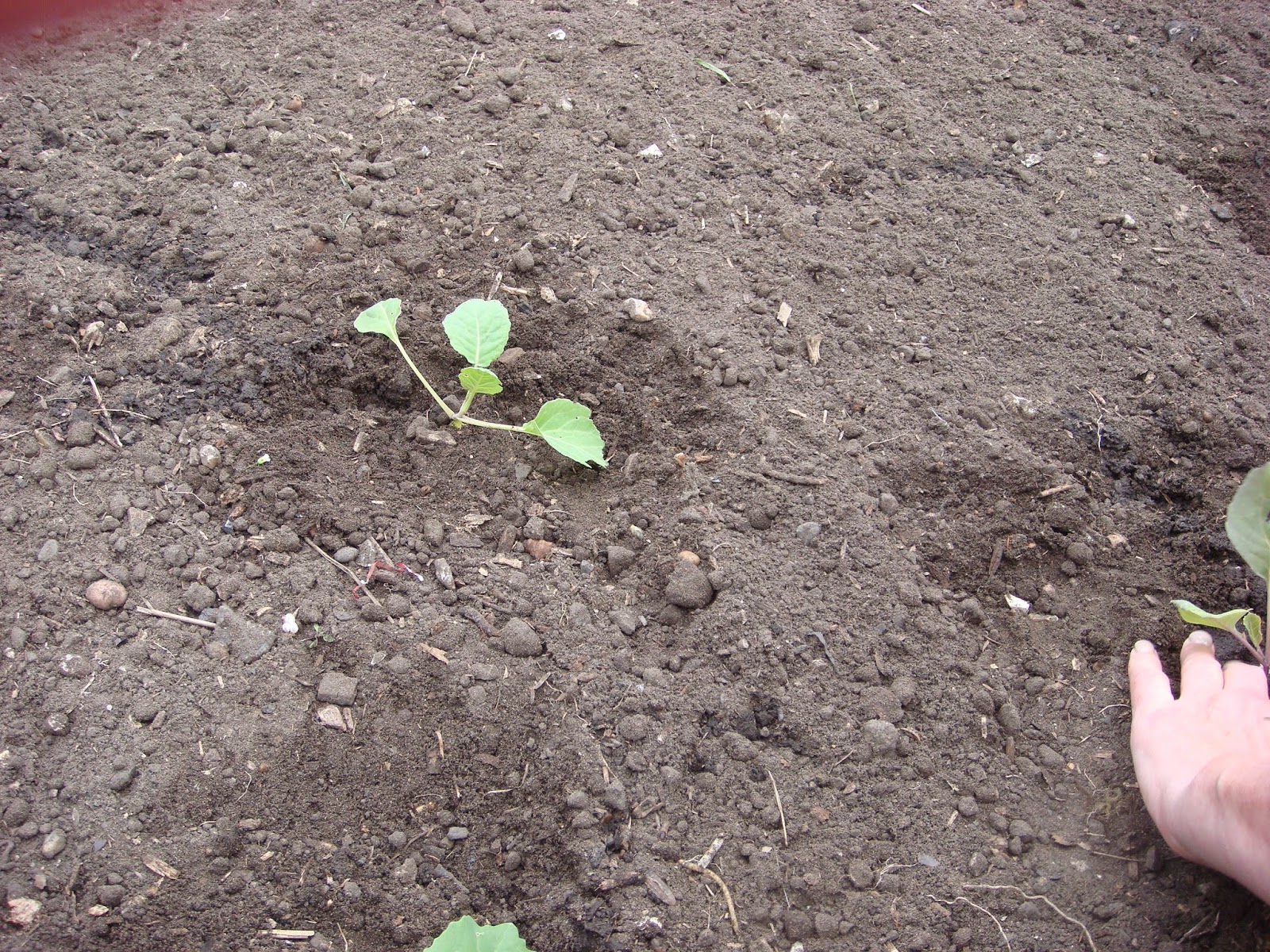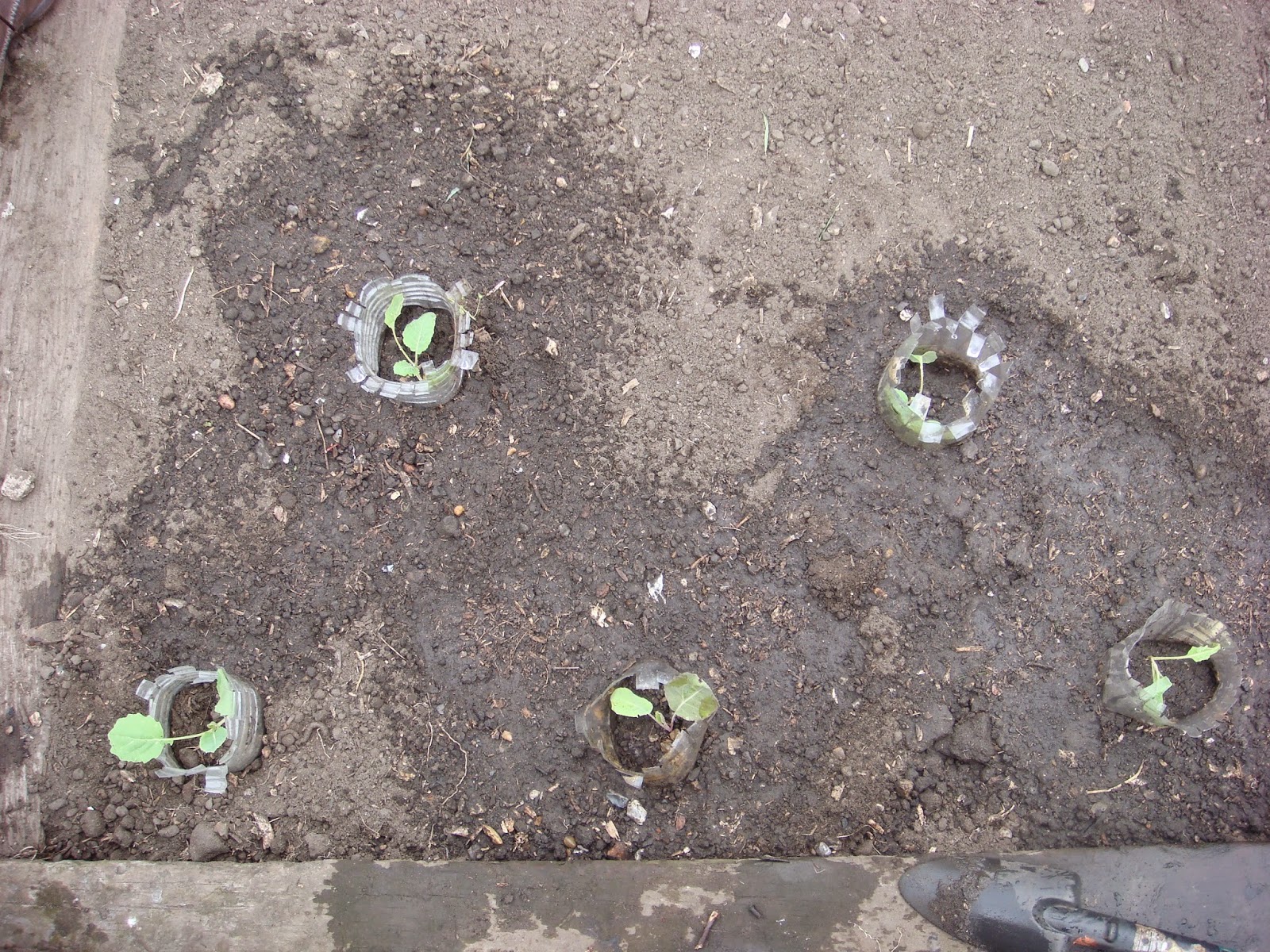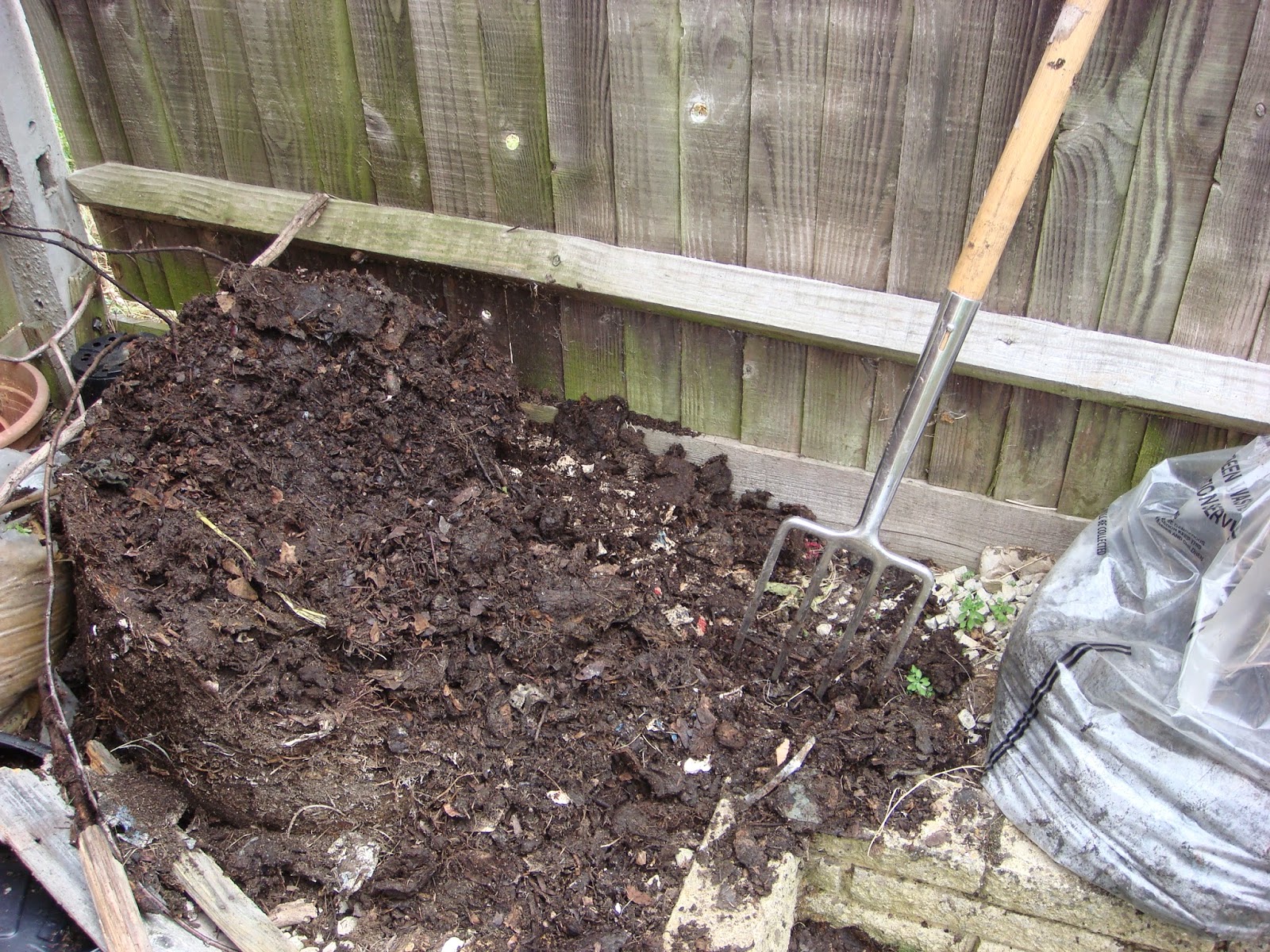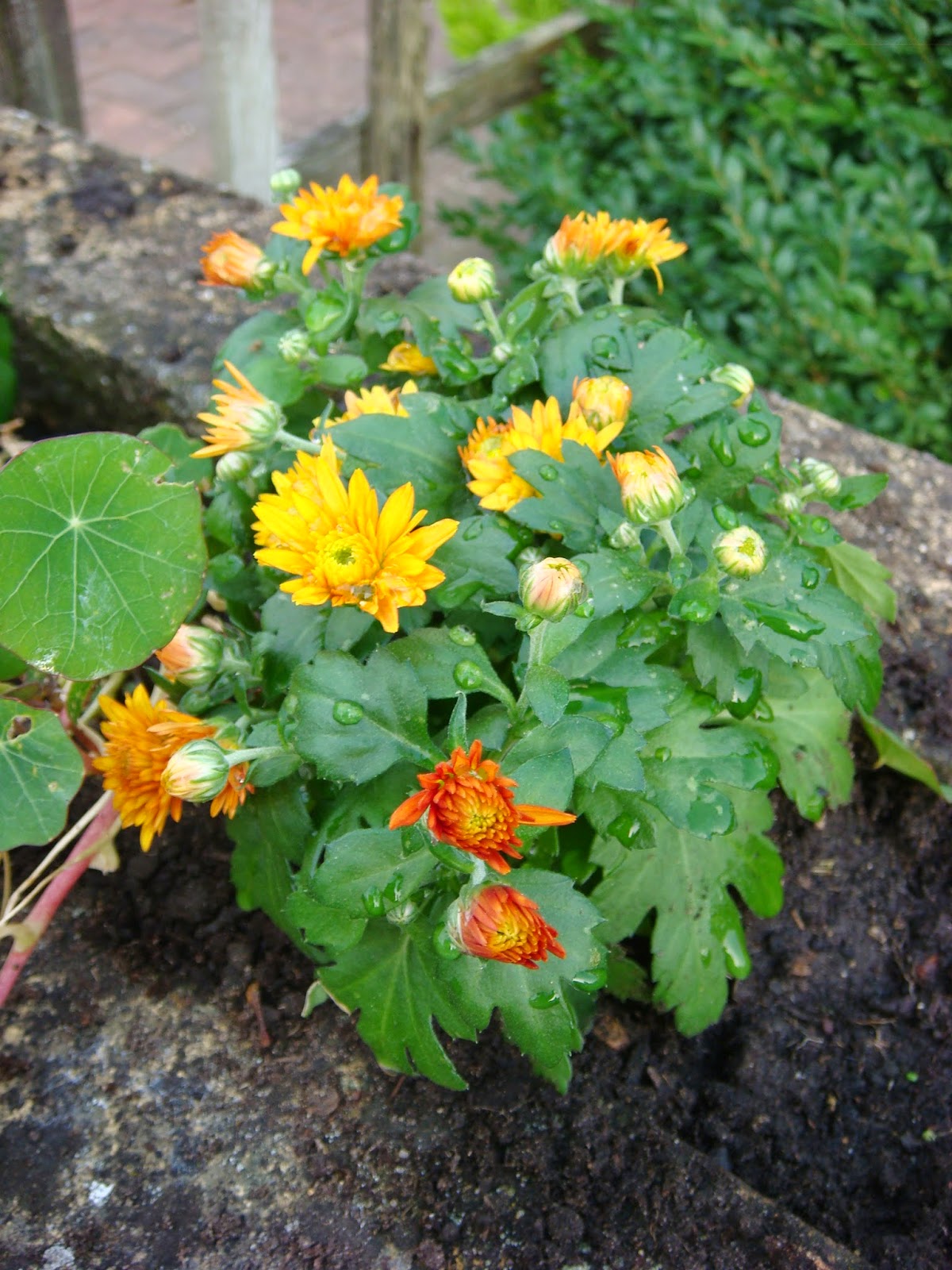Now, the standard gardening remedy to aphids (whatever their colour) is to mix a squirt or two of washing up liquid up in a spray bottle full of water (no more than about a teaspoon a litre) and spray the aphids with it. This suffocates the little blighters. I'm a bit hazy on the scientific details, but basically post-spraying, the aphids die. If you miss any, those aphids survive, so you need to be thorough and make sure you've done all the stems and undersides of leaves. Also the spray does nothing to prevent new aphids from finding your plant and settling on it to breed. In other words, you have to keep respraying to keep the aphids off. It's a great remedy, as it's highly unlikely to harm anything you haven't sprayed with it (people had been doing it for years before bees started dying inexplicable deaths). The only downside is the plant tends not to be terribly keen on being sprayed with washing up liquid (although the weaker the solution, the better the plant tolerates it, so the real trick is to add just enough to do in the aphids and not enough to do too much damage to the plant).
 |
| Black fly on my runner bean plants |
Now. I have no wish to become an EU test case and discover whether they really would prosecute a gardener for spraying aphids with highly diluted washing up liquid, I don't even want to find out whether the suggested defence of "I wasn't using it as a pesticide, I was just using it to wash my plants, the deaths of the aphids were coincidental" will work (according to one article I read, you have a good shot with that defence and a pretty good chance of not being prosecuted at all, as this is certainly not what the EU law is setting out to prevent, it's trying to prevent people from using chemicals even more dangerous and unproven than those already commercially available), so I will not be specifying the means by which the aphids on my plant met their deaths on this blog. What I will say is that if you live outside the EU, regularly spraying with a tiny amount of washing-up liquid diluted in a lot of water is an excellent and safe way of killing aphids (as I know back from my rose growing days before the EU created this law), and that if you want the aphids not to suck the life out of your plant you need to kill them somehow.
 |
| Dead black fly on my aphids |
Your remaining option is to buy a commercially available non-organic spray that will kill off a wide range of insects, not just the aphids and may or may not be implicated in colony collapse disorder. On the plus side, some of these are much longer lasting than the washing-up liquid and squashing aphids with your fingers. On the minus side, you will be coating your food crop in a toxic chemical. Indeed, if you're growing a food crop, you will need to make absolutely sure that the pesticide you use says it's safe for your specific plant (and wash your plant very thoroughly before you eat it, those pesticides are nasty and dangerous).












































.jpg)
